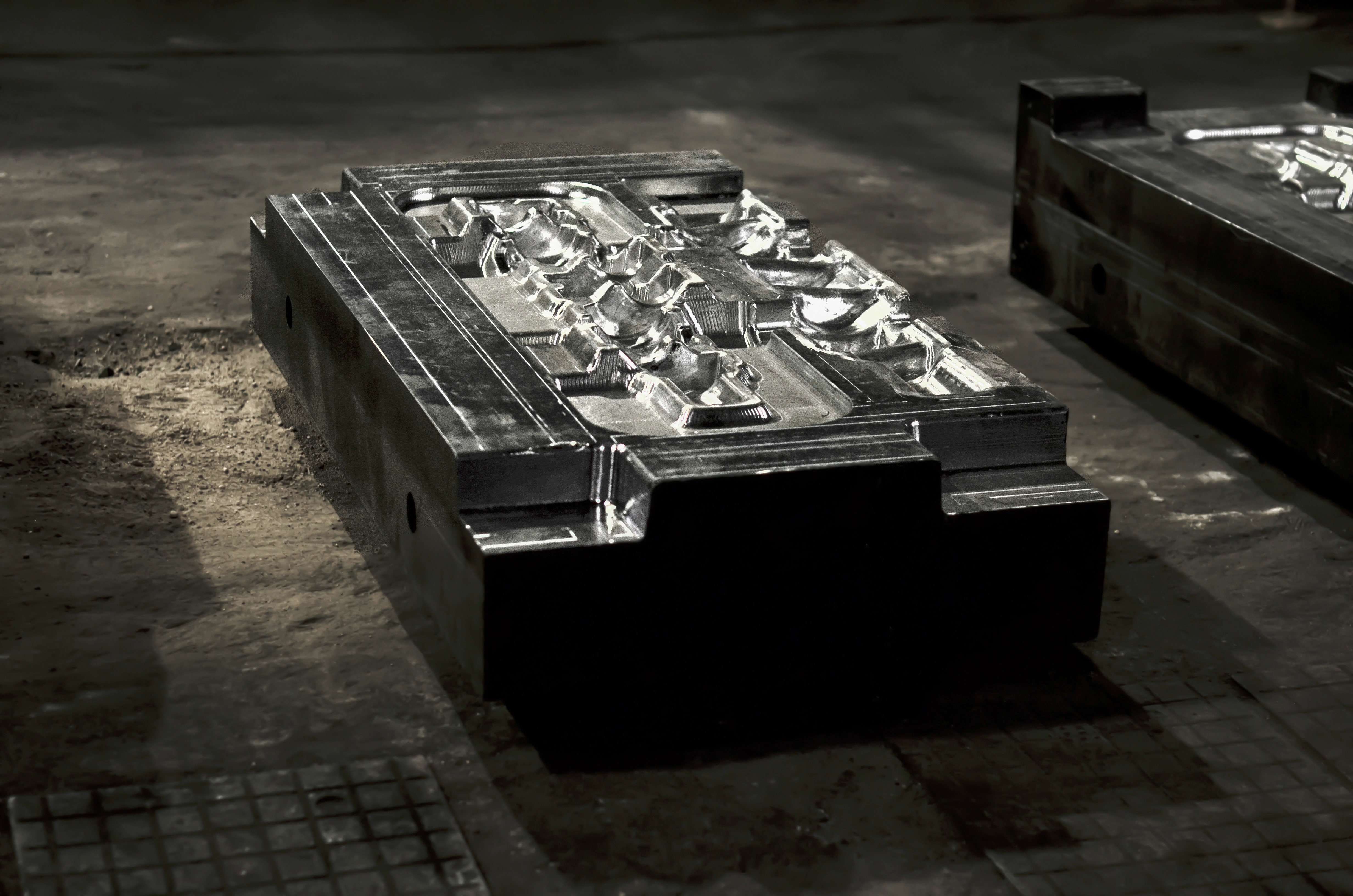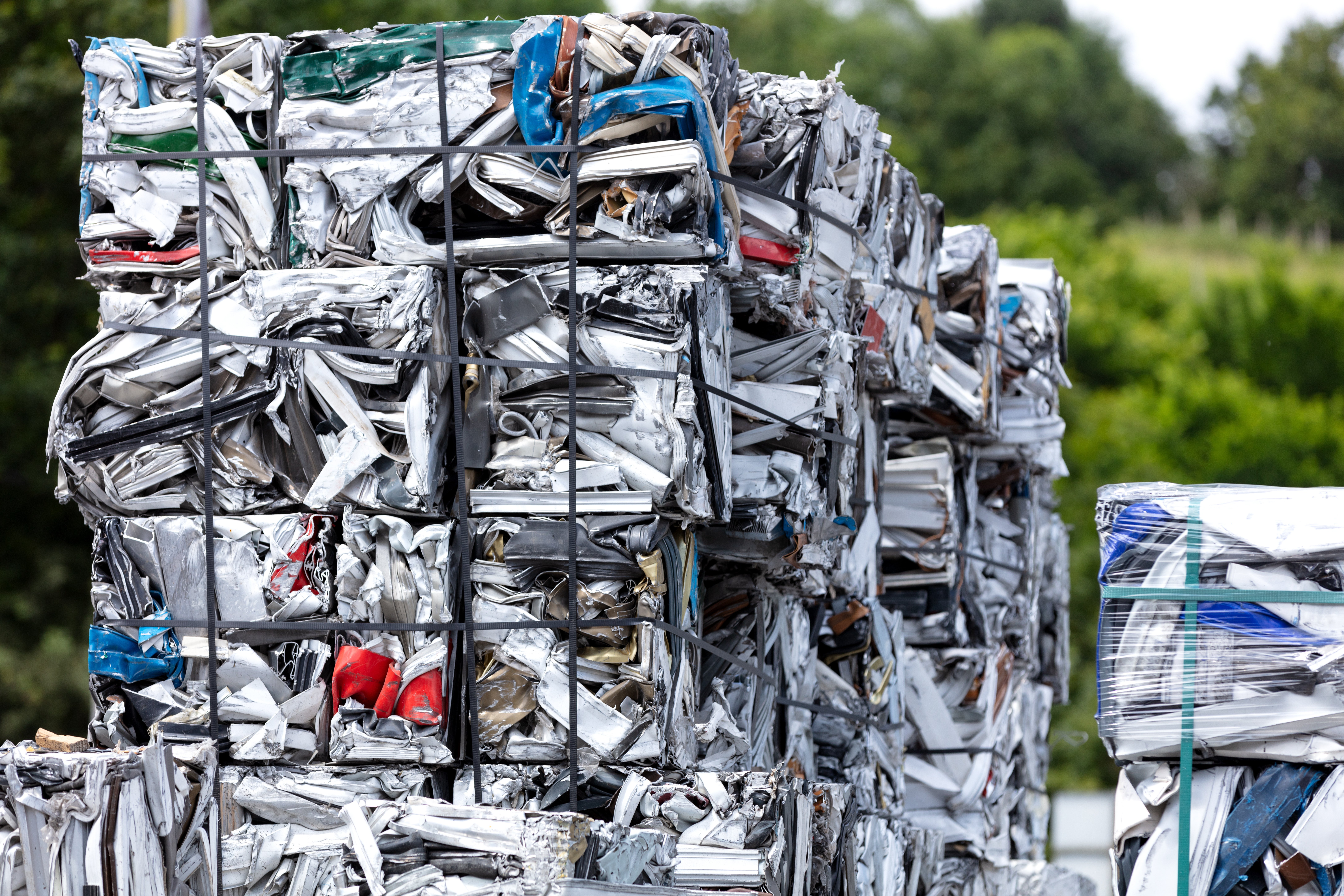Besides its economic benefits, time efficiency, and general reliability, there is another excellent argument to opt for die casting over other metal casting methods: the comparatively low environmental impact.

There are many good reasons why die casting is so popular among manufacturers and secondary processing industries, but today, we are looking at the top three reasons why why you should consider die casting not only for the sake of your business, but the environment.
Reducing, Recycling, Saving
The fact that die casting yields products of superior quality at an unbeatable output rate is well-known. However, the environmental benefits of die casting are often overlooked and deserve additional attention.
1. Less Waste
Die casting produces less waste and lowers the overall energy consumption; in addition, the most common die casting materials such as aluminium, zinc or magnesium alloys, and others possess excellent recycling potential. Unlike sand casting, die casting relies on long-lasting reusable molds that eliminate the need to reform the mold after every cast. Furthermore, sand casting can lead to contamination of the moulding material that necessitates costly and environmentally detrimental disposal practices.
All these factors make die casting an even more appealing procedure for manufacturers who want to save money and lower their environmental footprint.
2. Synergetic Effects
Let’s talk about accuracy, adjustments, and material scraps for a minute. Die casting is often hailed for its exactness and narrow tolerance margins in the final product which are needed for medical appliances, car parts, tools, and other objects of daily life.
The ability to cast thousands of identical items with one mold at consistently the same high quality and quantity rates is not only cost effective but saves manufacturers and clients money and time from what can otherwise turn into a tedious, wasteful adjustment process.
High accuracy in production has a positive impact from an environmental perspective, too. Modern die casting procedures lead to extremely exact and consistent outcomes – the lower the number of errors, the lower the number of rejects will be. The tiny percentage of outliers that turn out to be below acceptable standards for commercial use in secondary production lines or in direct retail can easily be recycled.
3. Ready for A Long (After) Life
 Die cast products also stand out through their longevity. Over the lifetime of an appliance, long-lasting components reduce the need for replacement parts and repairs. And when a product has finally reached the end of its life cycle, chances are good that it can be reclaimed, recycled, and find its way back into the metal production and die casting cycle.
Die cast products also stand out through their longevity. Over the lifetime of an appliance, long-lasting components reduce the need for replacement parts and repairs. And when a product has finally reached the end of its life cycle, chances are good that it can be reclaimed, recycled, and find its way back into the metal production and die casting cycle.
Because elemental metals do not deteriorate the same way as e.g. plastics (which only survive so many recycling or remelting cycles), die casting lends itself well to the use of recycled and reclaimed materials – as long as the metals are not too strongly contaminated, the results achieved with recycled goods will be equal to virgin resources.
The environmental advantage is obvious: because the use of recycled materials eliminates the need to tap into ‘fresh’ resources, the die casting with reclaimed metals lowers chemical pollution (e.g. from extraction and purification) and damage from mining (e.g. to ecosystems or water sources), the overall energy consumption needed for resource acquisition (transportation, infrastructure), and other impacts on the environment.
If you’re looking for a more viable alternative to other forms of die casting, get in touch with our team today and we'll help you find the perfect solution for you.


